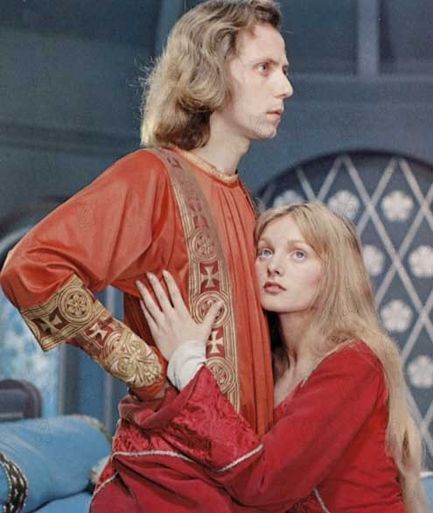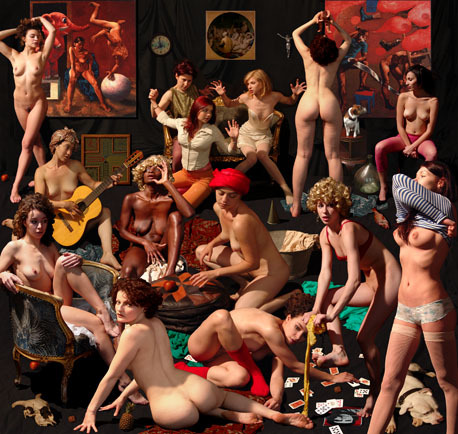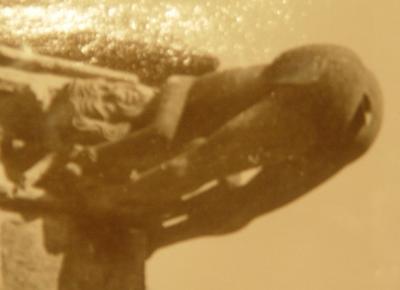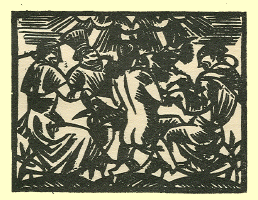Alfred Hitchcock @110
Alfred Hitchcock KBE (August 13 1899 – April 29 1980) was a highly influential film director and producer who pioneered many techniques in the suspense and thriller genres.
Hitchcock’s films draw heavily on both fear and fantasy, and are known for their witticisms. They often portray innocent people caught up in circumstances beyond their control or understanding.
Until the later part of his career, Hitchcock was far more popular with film audiences than with film critics, especially the elite British and American critics. In the late 1950s the French New Wave critics, especially Éric Rohmer, Claude Chabrol, and François Truffaut, were among the first to see and promote his films as artistic works. Hitchcock was one of the first directors to whom they applied their auteur theory, which stresses the artistic authority of the director in the film-making process.
Psychoanalytical film theorists such as Slavoj Žižek (The Pervert’s Guide to Cinema) have noticed how Hitchcock often applied Freudian concepts to his psychological thrillers, as in Rebecca, Spellbound, Vertigo, Psycho, and Marnie. Additionally, Hitchcock often dealt with matters that he felt were sexually perverse or kinky, and many of his films aimed to subvert the restrictive Hollywood Production Code.
Cover: Murders on the Half-Skull by Alfred Hitchcock (1970, Dell [New York]). Cover artist ID anyone?












